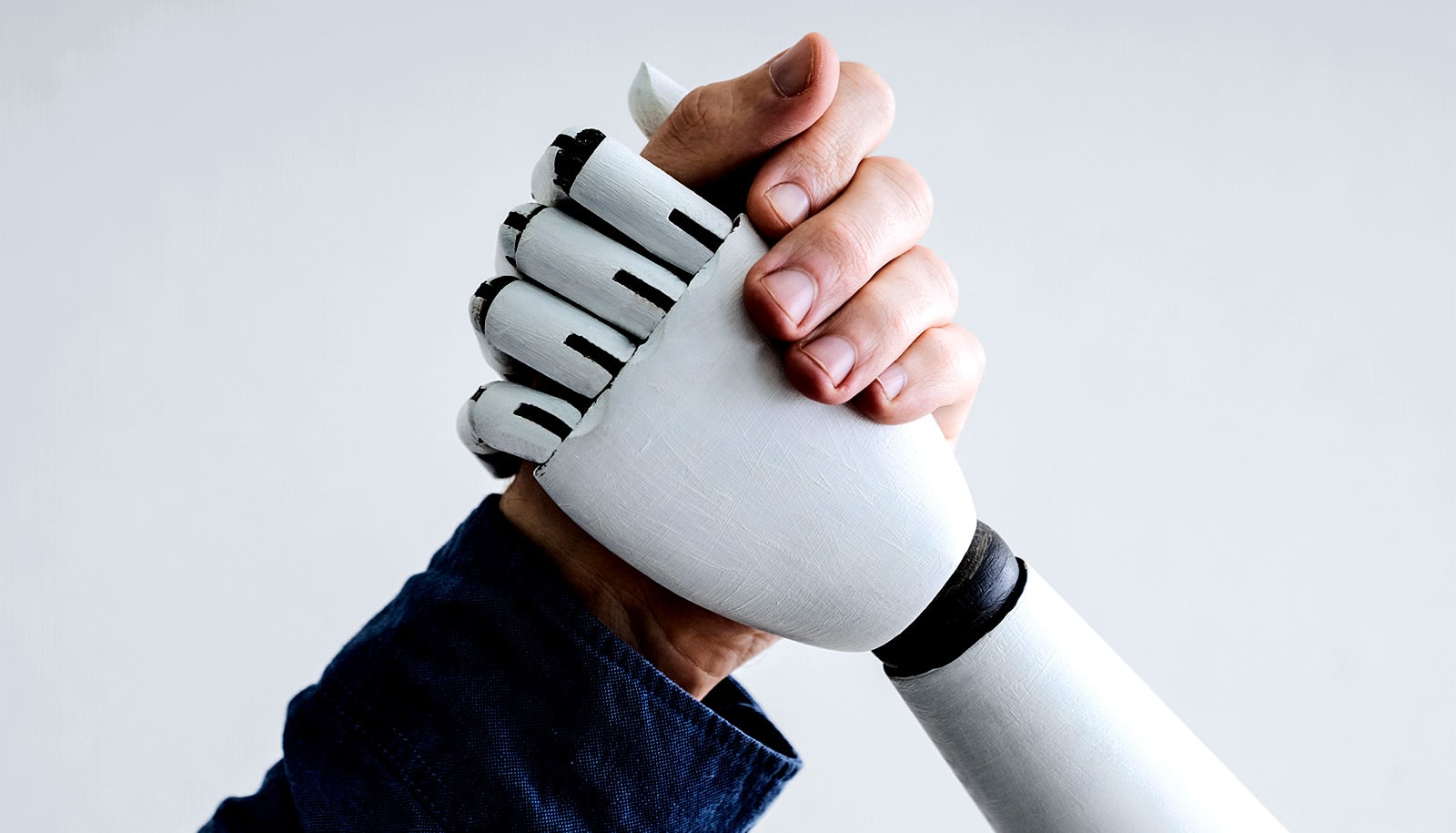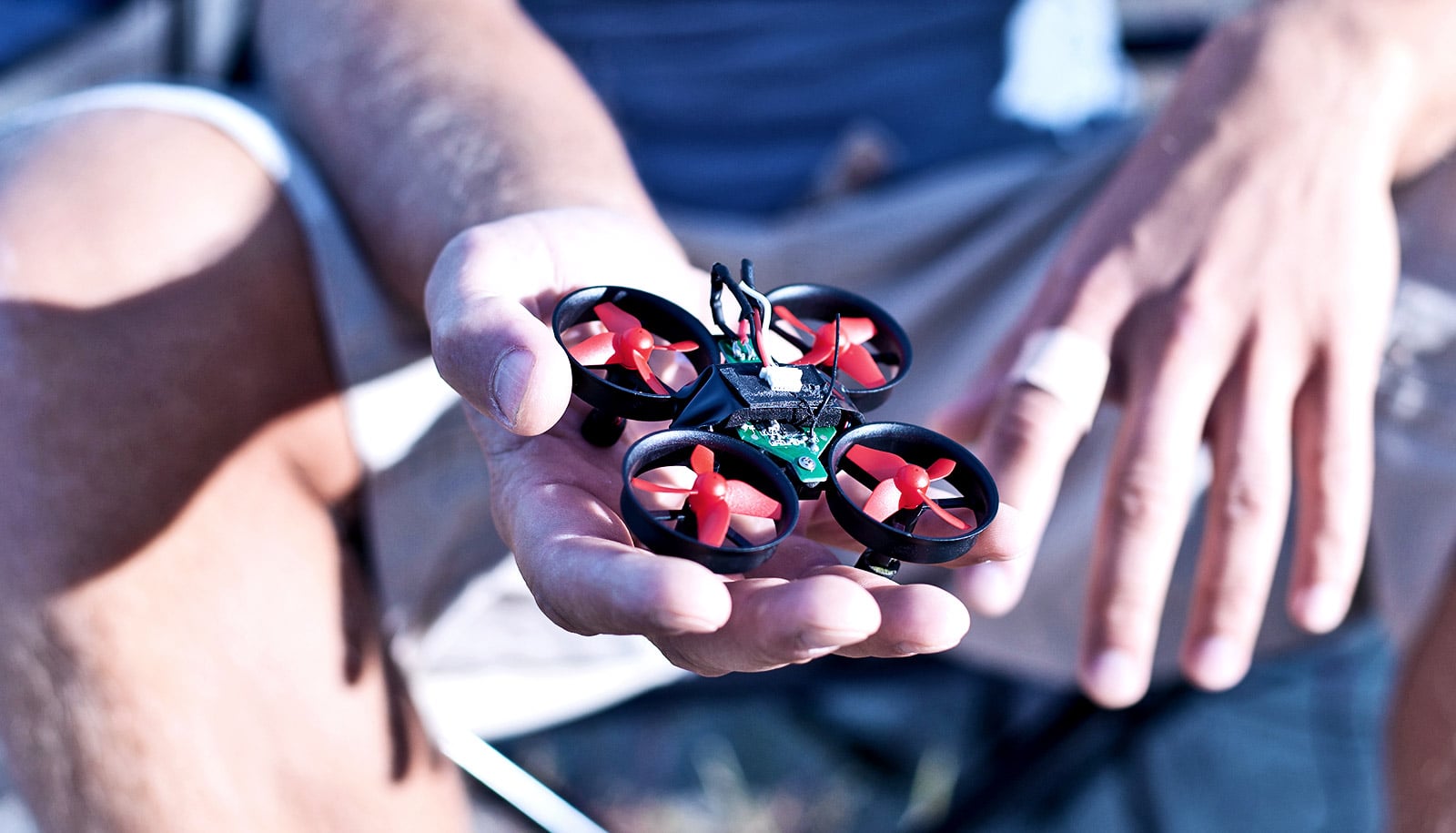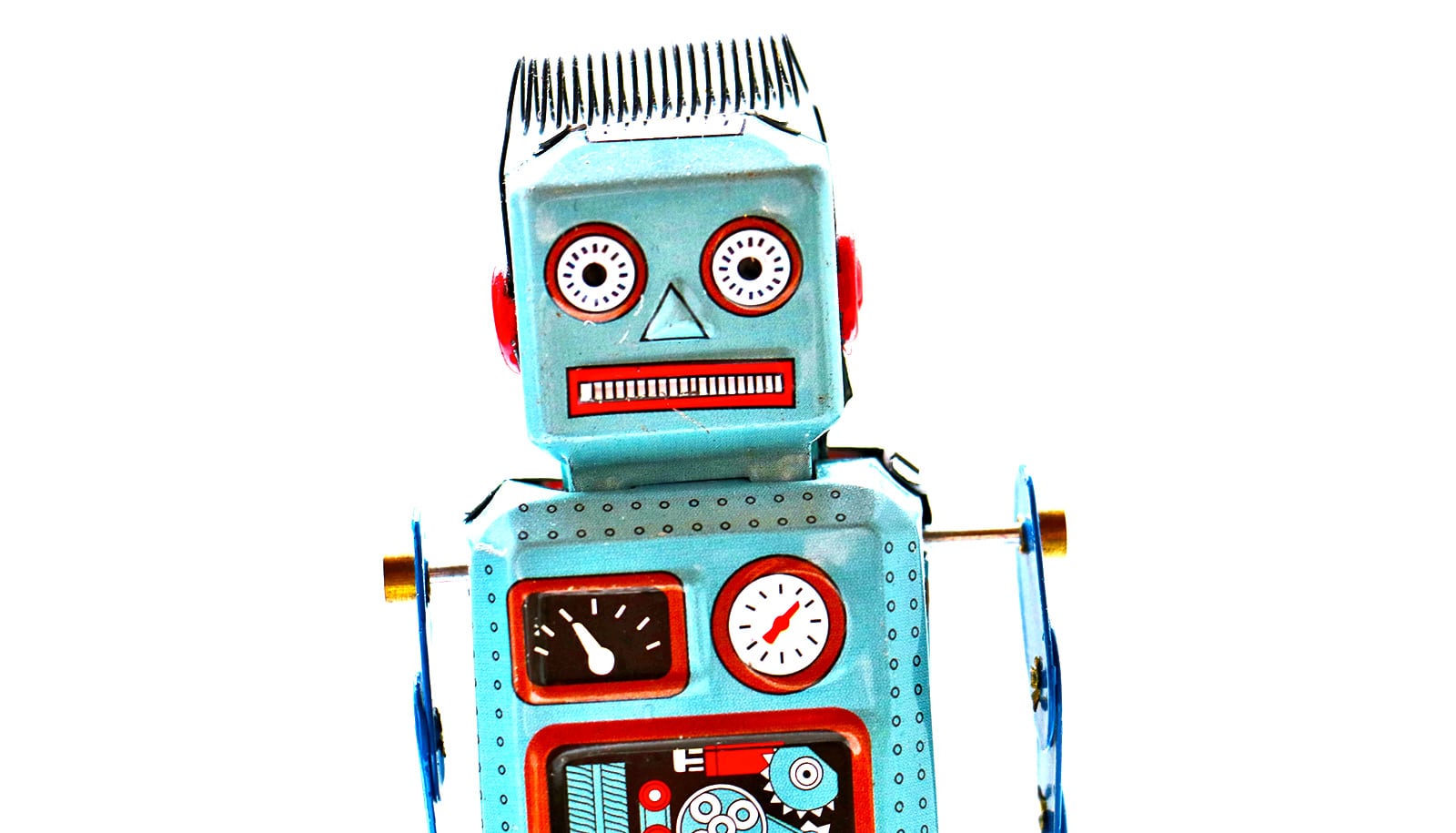The emotional bonds people develop with robots in their work environments can be detrimental if workers become more attached to the robot than their colleagues, researchers report.
Human-robot teams can actually fracture into subgroups functioning more like two competing teams rather than one overall coherent team, the new study shows.
Much attention has been directed at the positive outcomes of bonding, such as higher work engagement and enjoyment, but few studies have looked at the negative repercussions for team relationships and performance.
“This topic remains relatively unexplored despite the potential importance of subgroups in human-robot teams,” says study coauthor Lionel Robert, associate professor at the University of Michigan School of Information.
Robert and lead author Sangseok You, assistant professor at Sungkyunkwan University in South Korea, conducted two studies. One was a quantitative randomized experimental lab study and the other a qualitative study with data collected from workers and managers in the field who work with robots daily.
In the lab study, 88 people were assigned to 44 teams, each consisting of two humans and two robots, that would move bottles from different points in a competition. The participants answered questions about their performance and connection to their human and robot partners. Among the results: When humans connected more with the robot, a subgroup within the team pairings emerged, which negatively altered the teamwork quality and performance.
The second study sought to obtain recommendations to mitigate the negative effects of the subgroups while enhancing the work environment. The 112 respondents in this sample—who came from various industries, manufacturing and sales, hospitals, financial advising, and others—managed others who worked directly with robots. They answered questions about ensuring good working relationships between human coworkers in human-robot teams.
The findings showed that training, improving communication among humans, and providing leadership mitigated the effects of subgroups that undermined performance. For example, the respondents had more social interactions, such as attending picnics and sports events, and taking coordinated breaks with human coworkers.
When employers have a greater connection with each other rather than robots, the teamwork quality is high, You says.
The paper appears in the Journal of the Association for Information and Science Technology.
Source: University of Michigan



